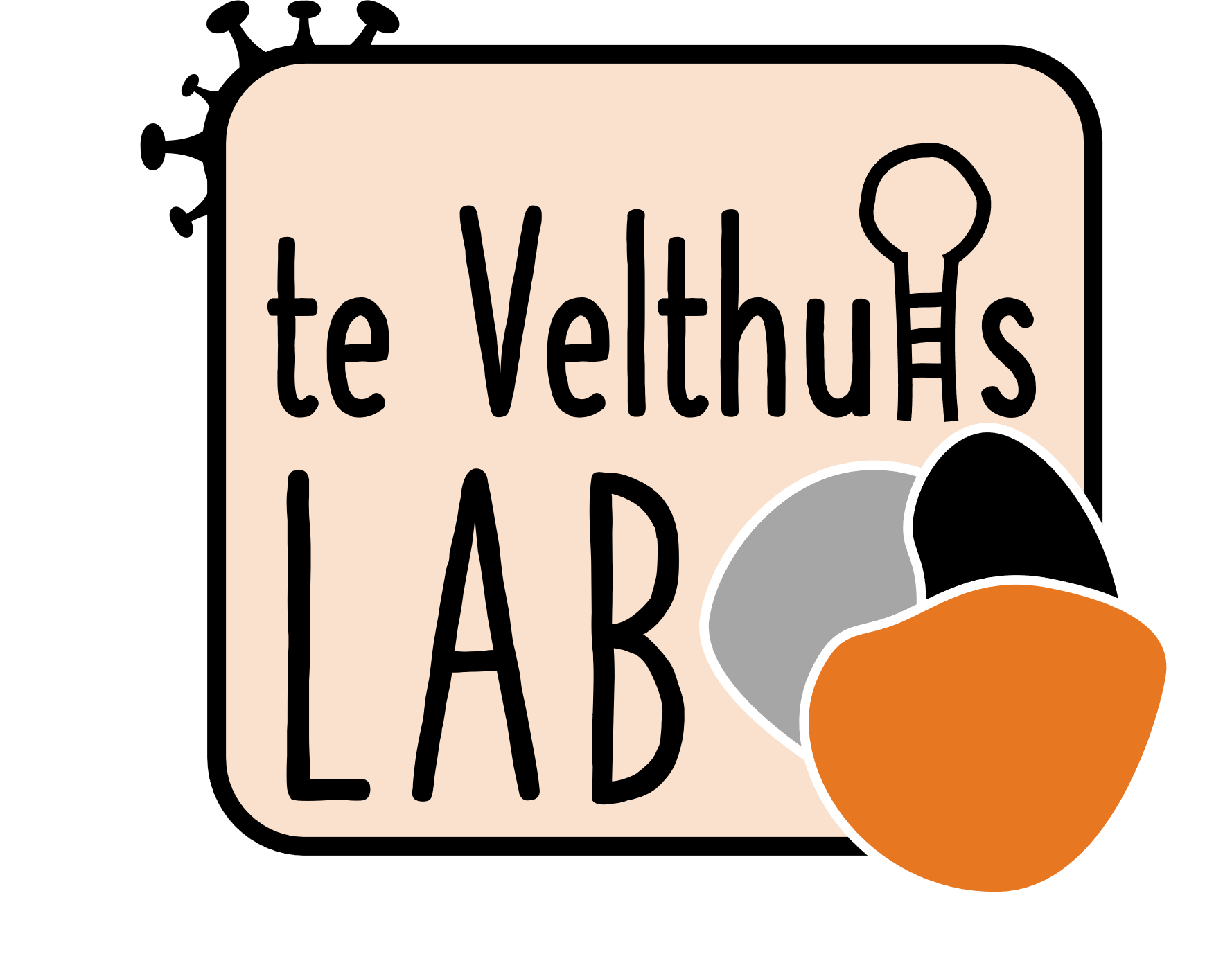Relative role of community transmission and campus contagion in driving the spread of SARS-CoV-2: Lessons from Princeton University.
Type
Mathematical models have played a crucial role in exploring and guiding pandemic responses. University campuses present a particularly well-documented case for institutional outbreaks, thereby providing a unique opportunity to understand detailed patterns of pathogen spread. Here, we present descriptive and modeling analyses of SARS-CoV-2 transmission on the Princeton University (PU) campus-this model was used throughout the pandemic to inform policy decisions and operational guidelines for the university campus. Epidemic patterns between the university campus and surrounding communities exhibit strong spatiotemporal correlations. Mathematical modeling analysis further suggests that the amount of on-campus transmission was likely limited during much of the wider pandemic until the end of 2021. Finally, we find that a superspreading event likely played a major role in driving the Omicron variant outbreak on the PU campus during the spring semester of the 2021-2022 academic year. Despite large numbers of cases on campus in this period, case levels in surrounding communities remained low, suggesting that there was little spillover transmission from campus to the local community.

